Attaching wax to metal surfaces can be necessary and challenging when it comes to candle-making, creating decorative art pieces, or even certain industrial applications. The properties of wax, known for its softness and malleability, differ greatly from metal’s smooth and rigid nature. This stark contrast in properties can make achieving a strong and durable bond between the two materials quite demanding.
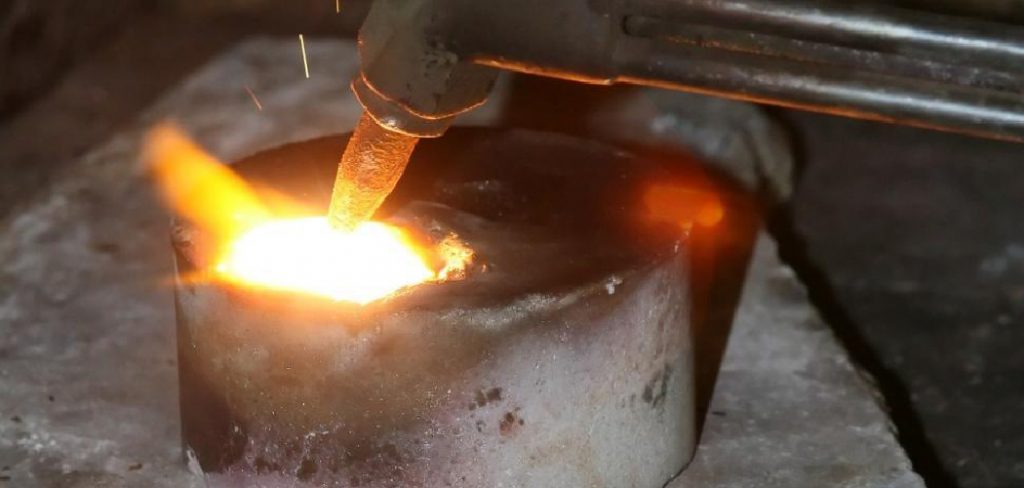
This article delves into the methodologies and techniques for securely attaching wax to metal. Whether you’re a candle enthusiast exploring new ways to enhance your creations or an artist seeking to incorporate wax into your metal sculptures, we aim to provide you with practical insights and effective solutions. By understanding the challenges and employing the appropriate methods, you can confidently embark on projects that involve bonding wax to metal, achieving lasting and visually appealing results. So, let’s dive in and discover how to attach wax to metal effectively.
Understanding Wax and Metal Properties
Understanding the properties of both materials is essential for effectively attaching wax to metal. This knowledge allows for better preparation and selection of appropriate attachment methods.
Characteristics of Wax
Wax comes in various types, including beeswax, paraffin, soy, and carnauba, each with its own unique characteristics. These types differ in melting points, adhesiveness, and compatibility with different surfaces. Beeswax, for example, has a relatively low melting point and exhibits good adhesion, making it suitable for bonding to metal. Paraffin, on the other hand, has a higher melting point and may require additional techniques to achieve a strong bond.
Characteristics of Metal
The properties of the metal surface play a crucial role in achieving a secure bond between wax and metal. Surface texture, cleanliness, and temperature significantly impact the adhesion. The texture of the metal surface affects how well the wax adheres, with rougher surfaces providing a better grip. Additionally, ensuring the metal surface is clean and free from oils or contaminants is essential for a strong bond. Temperature also plays a role, as warming the metal slightly can reduce temperature shock and enhance the bond between the wax and metal.
How to Attach Wax to Metal: Methods for Attaching Wax to Metal
When it comes to attaching wax to metal surfaces, several effective methods can create a strong and durable bond. Each technique offers its own advantages and considerations, depending on the specific application and desired outcome.
Melting and Direct Application
Melting wax and pouring it directly onto metal surfaces is a common material bonding method. To achieve a secure bond, it’s important to follow specific guidelines. Firstly, melt the wax using a double boiler or a wax melting pot, ensuring it reaches a liquid state. Next, carefully pour the melted wax onto the prepared metal surface, taking care to evenly distribute it. Before the wax solidifies, it’s crucial to ensure that the metal is warm, as this reduces the risk of temperature shock and helps enhance the bond between the wax and metal. Allow the wax to cool and harden completely before handling or subjecting it to stress.
Using Adhesives
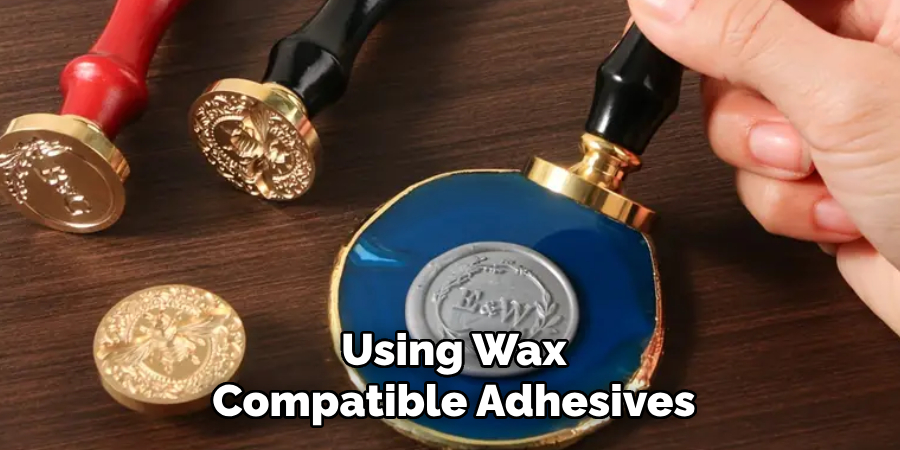
Another effective approach to attaching wax to metal is by using wax-compatible adhesives. These adhesives, such as hot glue, epoxy, or silicone-based glues, provide a strong and reliable bond. When using adhesives, choosing a product suitable for both the wax and the metal surface is essential. Follow the manufacturer’s instructions for applying the adhesive, ensuring proper coverage and distribution. Press the wax firmly onto the metal surface, allowing the adhesive to bond securely. It’s important to note that some adhesives may require curing or drying time, so following the recommended wait time before handling or using the bonded wax and metal assembly is advisable.
Embedding Metal into Wax
Embedding or pressing metal objects into soft or melted wax can create a natural bond between the materials. This technique is commonly used in sculpting, jewelry making, and other artistic applications. To ensure stability and alignment during cooling, it’s important to carefully place the metal objects into the wax, ensuring they are fully submerged or pressed firmly. Pay attention to the positioning and orientation of the metal objects to achieve the desired outcome. Allow the wax to cool and solidify, ensuring the metal remains securely embedded within the wax. This method offers a visually appealing and cohesive bond between the metal and wax, providing both aesthetic and functional advantages.
Preparing Metal for Better Adhesion
Before bonding wax to metal, it is essential to properly prepare the metal surface to ensure optimal adhesion. This section will outline two key steps to enhance the bond between wax and metal: cleaning and degreasing, and texturing the surface.
Cleaning and Degreasing
To achieve a strong bond, removing any dirt, oil, or residue from the metal surface is crucial. These contaminants can hinder the adhesion of the wax. Here are some recommended cleaning solutions:
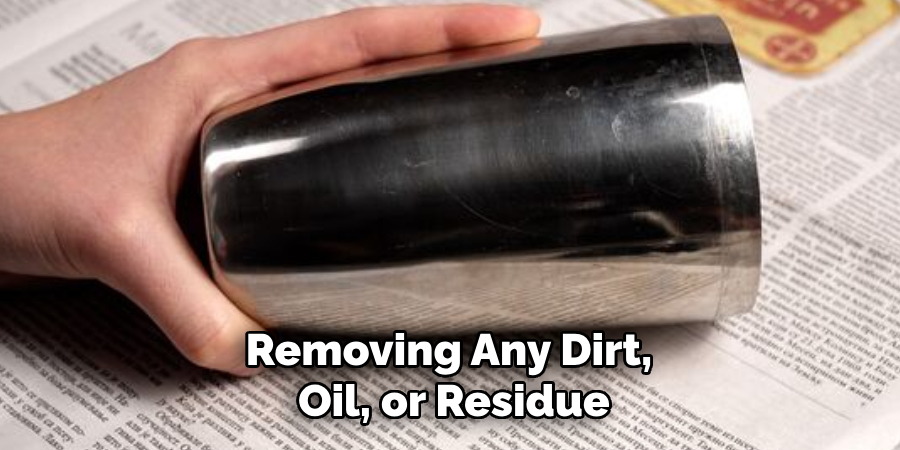
- Isopropyl Alcohol: Wipe the metal surface with a cloth dampened with isopropyl alcohol. This will effectively remove grease, fingerprints, and other impurities.
- Dish Soap: Mix warm water and dish soap in a solution. Use a soft sponge or cloth to clean the metal surface thoroughly, rinsing it afterward to remove any soap residue.
- Degreasers: Specialized degreasers can be used for more stubborn grease or oil stains. Follow the manufacturer’s instructions and ensure proper ventilation when using these products.
Texturing the Surface
Adding texture to the metal surface creates a better grip for the wax or adhesive, ensuring a stronger bond. Here are some techniques for texturing the metal surface:
- Sanding: Use fine-grit sandpaper or a sanding sponge to gently sand the metal surface. This creates micro-abrasions that enhance adhesion.
- Scratching: Using a sharp tool or utility knife, carefully scratch the surface of the metal. Be cautious not to create deep gouges or damage the metal.
- Etching: Chemical etching agents can be used to create texture on the metal surface. Follow the manufacturer’s instructions and take necessary safety precautions when working with these agents.
By following these cleaning and degreasing steps and texturing the metal surface, you can ensure optimal adhesion and a strong bond between the wax and metal. This preparation process sets the foundation for successful and long-lasting wax-metal bonding in various applications.
Securing Wax to Metal in Specific Applications
When it comes to specific applications like candle-making and artistic projects, securing wax to metal requires special attention to ensure a strong and long-lasting bond. Here are some techniques and tips for achieving optimal results:
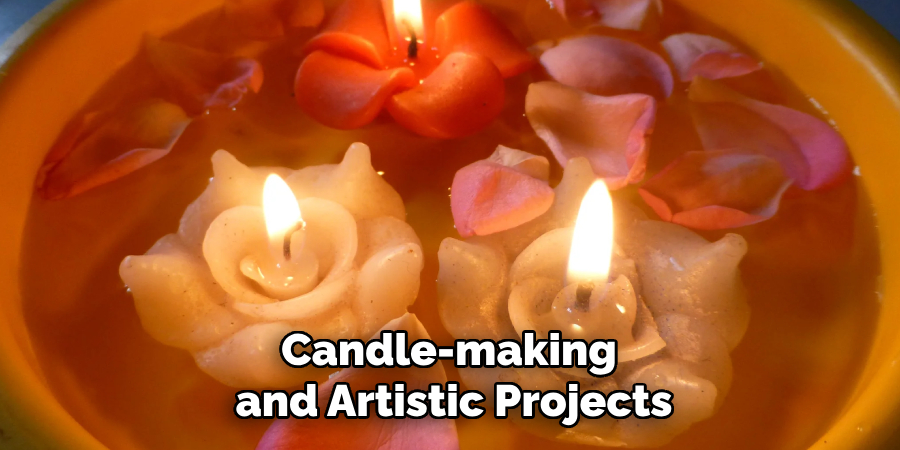
Candle-Making and Holders
When attaching wax candles to metal bases or holders, follow these techniques to ensure a secure bond:
- Preparation: Clean and degrease the metal surface before attaching the wax. This step ensures proper adhesion.
- Adhesive Selection: Choose a strong adhesive designed to bond wax to metal. Follow the manufacturer’s instructions for application.
- Safety Precautions: The adhesive should be considered heat resistant to ensure it can withstand the temperature of the burning candle.
- Proper Alignment: Ensure the wax is centered and aligned correctly with the metal base or holder to prevent any imbalance or instability.
Artistic and Decorative Projects
When combining wax and metal in artistic and decorative projects, consider the following tips:
- Creative Layering: Experiment with layering techniques by incorporating wax and metal in sculptures, mixed media artwork, or decor pieces. This adds visual interest and texture to your creations.
- Secure Attachment: Use adhesive or other techniques to securely attach the wax to the metal surface, ensuring it stays in place even with movement or handling.
- Polished Look: Pay attention to the finishing touches, ensuring the edges are neat and clean for a polished appearance.
- Protective Coating: To enhance durability and prevent damage or discoloration, consider applying a protective coating over the wax and metal surface.
By following these techniques and tips, you can achieve a secure bond between wax and metal, allowing you to create beautiful and long-lasting projects in various applications.
Long-Term Maintenance and Stability
Proper long-term maintenance is key to ensuring the stability and durability of wax attachments on metal surfaces. To prevent detachment and maintain a secure bond, consider the following tips:
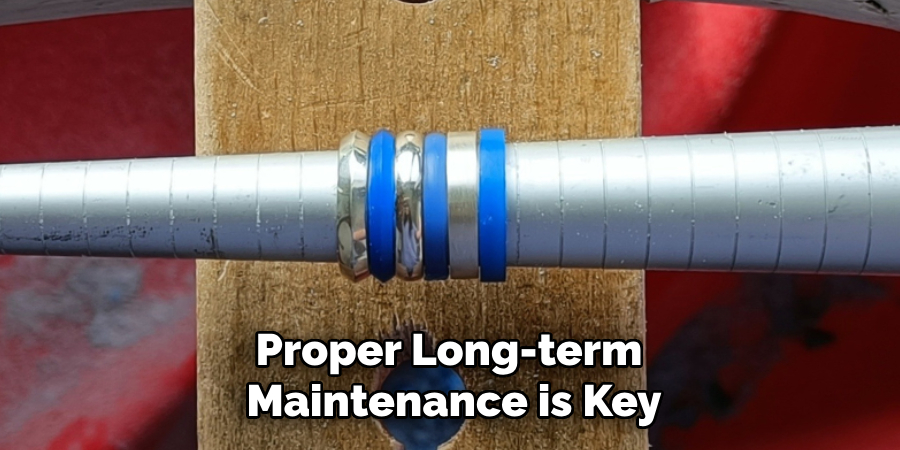
Preventing Detachment
- Avoid Extreme Temperatures and Moisture: Sudden changes in temperature or exposure to excessive moisture can weaken the wax-to-metal bond. Keep wax attachments away from extreme heat or cold and protect them from prolonged exposure to water or high humidity.
- Reinforcement Techniques: For projects requiring additional strength, consider adding extra adhesive or securing the edges with additional wax or sealant. This reinforcement can provide added stability and reduce the risk of detachment over time.
Repairing Loose Wax
Over time, wax attachments can become loose or detached from the metal surface. If this happens, there are simple methods for repairing the attachment without causing damage:
- Reheating and Reattaching: Gently heat the wax and metal surface to soften the wax. Carefully reposition the attachment and press it firmly against the metal to re-establish the bond. Be cautious not to overheat or apply excessive force to avoid damaging the materials.
By following these long-term maintenance practices and taking the necessary precautions, you can ensure the stability and longevity of your wax attachments on metal surfaces, allowing them to withstand the test of time and maintain their aesthetic appeal.
Conclusion
In conclusion, securely attaching wax to metal surfaces requires proper preparation, method selection, and ongoing maintenance. You can ensure a strong and durable bond by following effective techniques like surface cleaning, adhesive selection, and reinforcement. Regular maintenance, including checking for loose attachments and repairing them promptly, is essential for long-term stability. Don’t be afraid to experiment with these methods to create both functional and creative projects. Whether you’re crafting jewelry, sculptures, or other artistic pieces, mastering how to attach wax to metal will open up a world of possibilities. With the right techniques and care, your wax attachments will withstand the test of time and continue to showcase their beauty.
Edmund Sumlin is a skilled author for Metal Fixes, bringing 6 years of expertise in crafting a wide range of metal fixtures. With a strong background in metalwork, Edmund’s knowledge spans various types of fixtures, from decorative pieces to functional hardware, blending precision with creativity. His passion for metalworking and design has made him a trusted resource in the industry.
Professional Focus:
- Expert in Metal Fixtures : Edmund aesthetic specializes in creating durable and innovative metal fixtures, offering both appeal and functionality. His work reflects a deep understanding of metalworking techniques and materials.
- Sustainability Advocate : He is dedicated to using sustainable practices, ensuring that every fixture is crafted with eco-friendly methods while maintaining high-quality standards.
In his writing for Metal Fixes, Edmund provides valuable insights into the latest trends, techniques, and practical advice for those passionate about metal fixtures, whether they are professionals or DIY enthusiasts. His focus on combining artistry with engineering helps others discover the true potential of metal in design.


